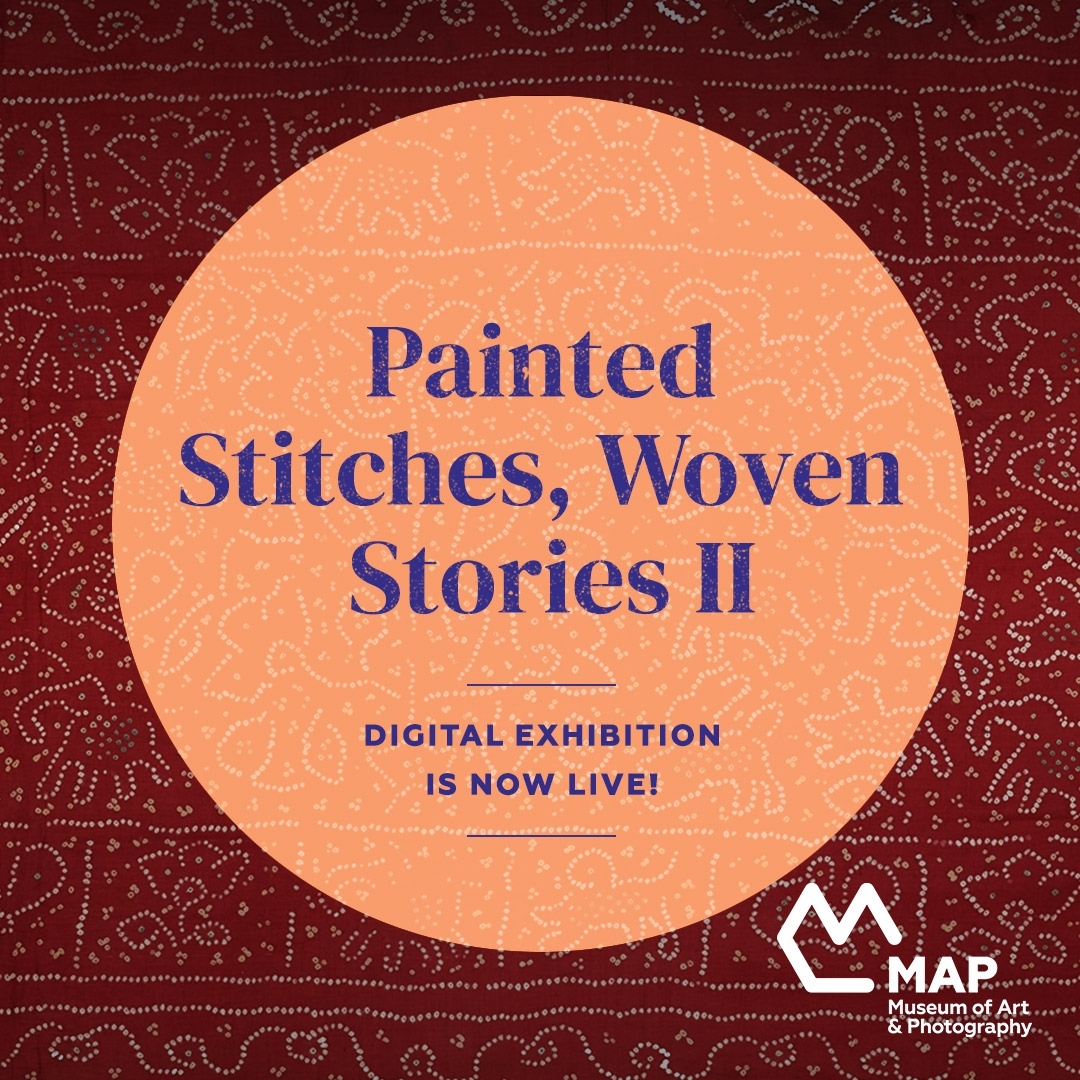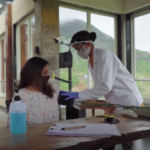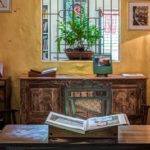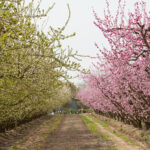Co-curated by Arnika Ahldag and Vaishnavi Kambadur, the second iteration of the series Painted Stitches, Woven Stories is nowhere. The digital exhibition by the Museum of Art and Photography (MAP) highlights using contemporary art the interactions between the 19th and 20th century textiles of Central Asia, Southeast Asia and the Indian subcontinent.
Aiming to connect MAP’s permanent collection of textiles, paintings, sculpture, and photography with contemporary artists and perspectives, the exhibition prompts environmental, emotional and sensorial nuances through a series of questions – how do makers tie and dye textiles? What is the link between sunlight, water and dying of cloth? Did common people and royalty clothe themselves with the same type of garments? How do patterns and motifs indicate local customs? How did the design of resist dyed textiles affect trade between the Indian subcontinent and other regions of the world?
Featured in the exhibition are special pieces from MAP’s collection, ranging from textiles, photographs, paintings to contemporary art, including a video work by contemporary artist Raisa Kabir. Her work comments on the colonial history of indigo and jute but also raises questions about the disabled body in textile production, displacement, and inherited trauma as she weaves jute yarn into the sea of Scotland. The exhibition recognises the shared histories of these textiles with each other and their keepers.
Interspersed with artworks and text are audio pieces that interpret the textile arts historically and through speculation, such as the hidden symbolism of patterns. Every color, pattern, and decision that makers took while they twisted and dyed bandhanis, leheriyas and woven ikats have complex spiritual, personal, and social codes, which the exhibition attempts to uncover.
In addition, the exhibition is designed with key accessibility features to make the exhibition inclusive for diverse audiences, including alt text, transcriptions and audio descriptions, which is a unique feature of MAP’s online exhibitions.
Speaking of the cross-cultural significance of this textile tradition, MAP’s Assistant Curator and co-curator of the exhibition, Vaishnavi Kambadur says, “PSWS II provides a glimpse into the mysterious ways in which tie-dyeing appears on threads, veils, trims, and unstitched textiles. Artworks from Uzbekistan and Southeast Asia next to the ones from India create a mind-map of trade, design, and cultural connections. It expands on how many makers together share their processes with each other and yet preserve the regional histories of ikat, bandhani, and leheriya. By introducing audio, paintings, photographs, and contemporary work in the online exhibition, we hope that some techniques like thigma and sungundi also become part of the story.”
This exhibition is the second of MAP’s series of exhibitions over the course of two years which will highlight cloth or textile as a medium of storytelling. More to come will unravel narratives of trade, labour, globalisation, colonialism, feminism, thrift, and intimacy amongst other themes.
Discover the exhibition here: www.map-india.org/exhibitions/painted-stitches-woven-stories-ii/.












